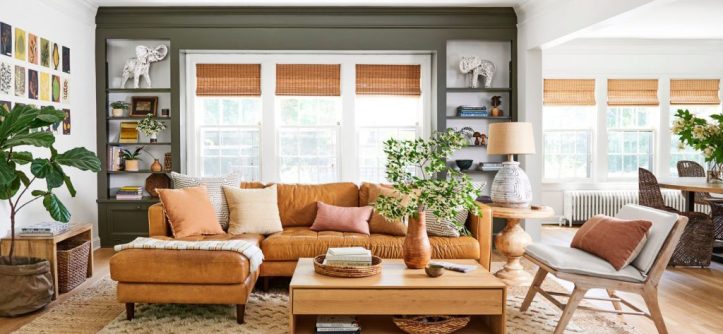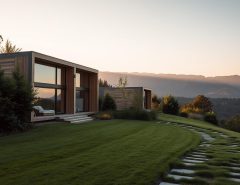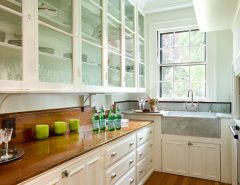The living room holds a significant place in a house as it is often considered the central hub of the home. It is the place where family members and friends come together to unwind, socialize, and spend quality time with each other. A well-designed living room can bring a sense of harmony and cohesiveness to the entire house.
However, achieving a cohesive and complete look in the living room requires attention to detail in terms of design elements, color scheme, furniture layout, lighting, and accessories. The right combination of these factors can create an inviting and comfortable space that reflects the personality and style of the homeowner. Here are the key elements that bring a living room together:
Furniture Arrangement Sets The Flow
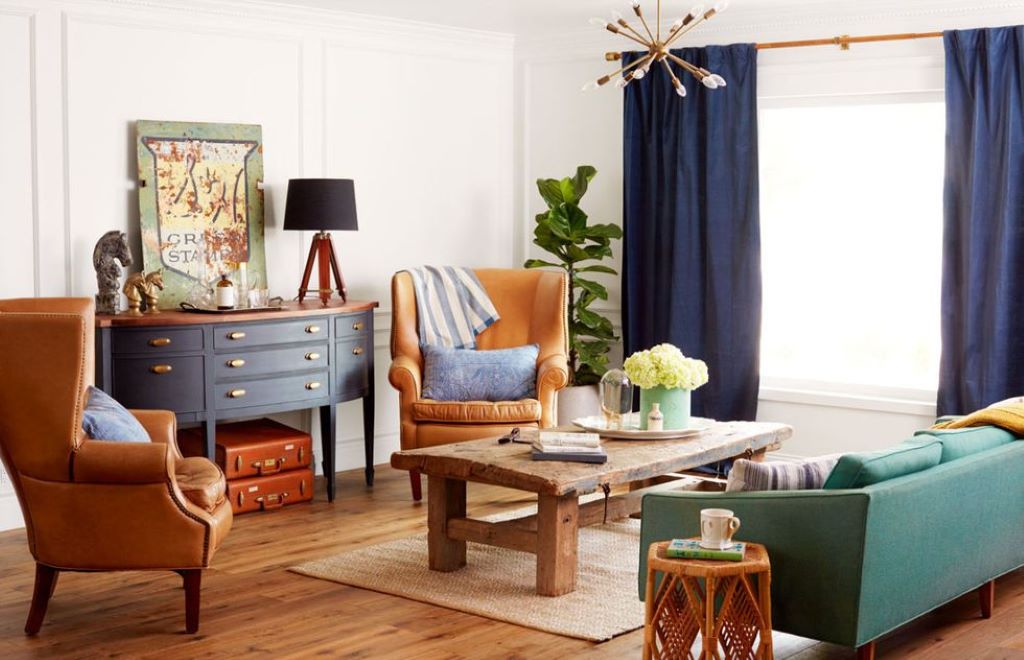
The furniture layout establishes how people interact and move within the space. Arrange furniture to promote conversation and traffic flow. Typically, larger pieces like sofas and sectionals are positioned to face the focal point of the room, like a fireplace or TV. Chairs can angle inward to encourage discussion. Allow enough space around furniture groupings to enable movement and avoid a cluttered feel. Positioning furniture thoughtfully creates a pleasing flow and purposeful design.
Focal Points Provide Visual Appeal
Every living room benefits from having a focal point—the area that immediately draws your eye when entering the space. The most common focal points are the fireplace, entertainment center, large window, or statement piece of art. Discover what to put between two windows in living room to enhance symmetry and balance. Anchor your focal point furniture, such as a sofa facing the fireplace or a TV console centering under a wall artwork. The focal point provides visual interest and brings cohesion to the overall design.
Consistent Color Scheme Adds Harmony
A consistent color palette throughout the living room creates a calm, harmonious ambiance. Limit the color scheme to 2 or 3 complementary hues. Neutrals like beige and gray lend themselves well to flexibility in design. Incorporate pops of color through accent pillows, throws, plants, and accessories. Keeping the walls, large furniture, and flooring neutral allows you to switch up colors seasonally. A cohesive color scheme provides a soothing sense of unity.
Rhythmic Repetition Develops Cohesion
Repeating certain elements throughout the living room yields greater cohesion. Display the same artwork in different areas or choose patterns that contain overlapping colors and shapes. Use throw pillows that reflect colors from the focal point artwork. Add pairs of matching chairs or side tables for symmetry. A custom bookshelf built around the fireplace can visually anchor the space. The repeating elements tie the living room together into one harmonious space.
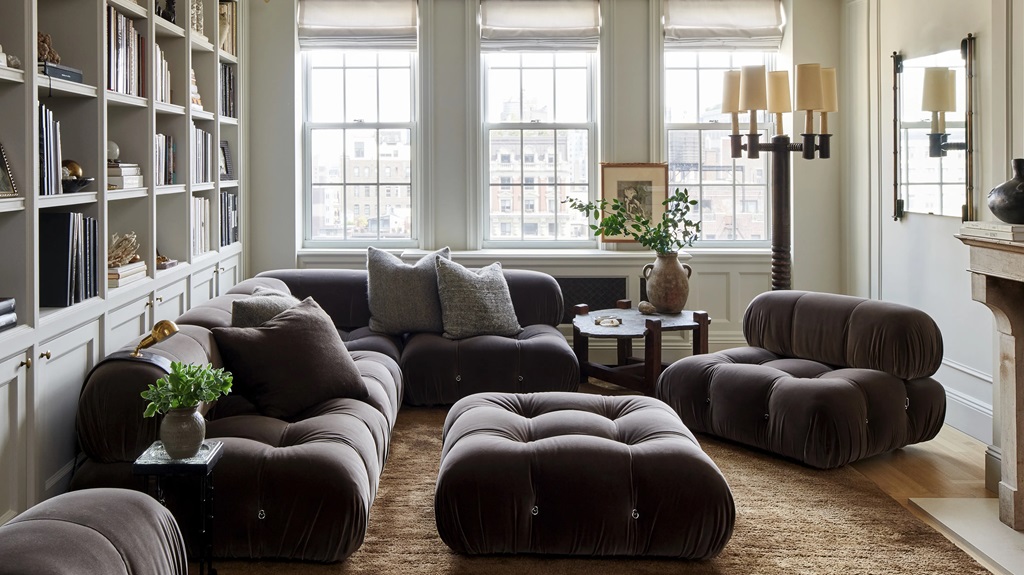
Strategic Lighting Enhances Functionality
Proper lighting serves both form and function in living room design. Ambient lighting casts a soft glow for general illumination. Accent lighting spotlights focal features and brightens task areas. Layering light from chandeliers, lamps, and fixtures creates visual interest. Dimmer switches allow adjustable brightness. Position floor and table lamps near seating areas to make reading comfortable. And highlight architectural details like tray ceilings with directional lighting. A thoughtful lighting plan enhances the living room’s versatility.
Functional Floor Plan Defines Zones
Divide the living room into distinct zones that promote conversation, media viewing, and relaxation. Arrange furniture to designate each functional area while maintaining an open, interconnected layout. Floating room dividers like screens and bookcases provide separation without totally closing off space. Position seats around a coffee table to create a conversation area. Angle chairs toward the TV to form a media zone. Place a chaise lounge by the windows for a cozy reading nook. Zoning gives the living room order and purposeful utility.
Coordinated Textiles Add Polish
Coordinate living room textiles to tie the space together into one cohesive story. Upholster furniture in similar fabrics or varied prints within the same color family. Choose drapery material that complements the palette of artwork and area rugs. Repeat key accent colors from pillows to throws and window treatments. Vary textures while keeping the color scheme consistent. Mixing patterns is on trend. Scale patterns proportionately—larger motifs on bigger furniture and smaller designs on pillows. Pulling colors and fabrics together polishes the living room.
Design Details Personalize The Decor
Unique details and accessories breathe personality into the living room’s decor. Display treasured mementos and family photos on shelves or end tables to infuse personal history. Fresh-cut flowers and lush potted plants add organic life and sensory appeal. Showcase favorite books, travel souvenirs, artwork, and collectibles to layer in personal meaning. Pretty if purely decorative objects also lend custom character—vases, trays, candles, and decorative bowls. Details make the living room feel welcoming, loved, and lived-in.
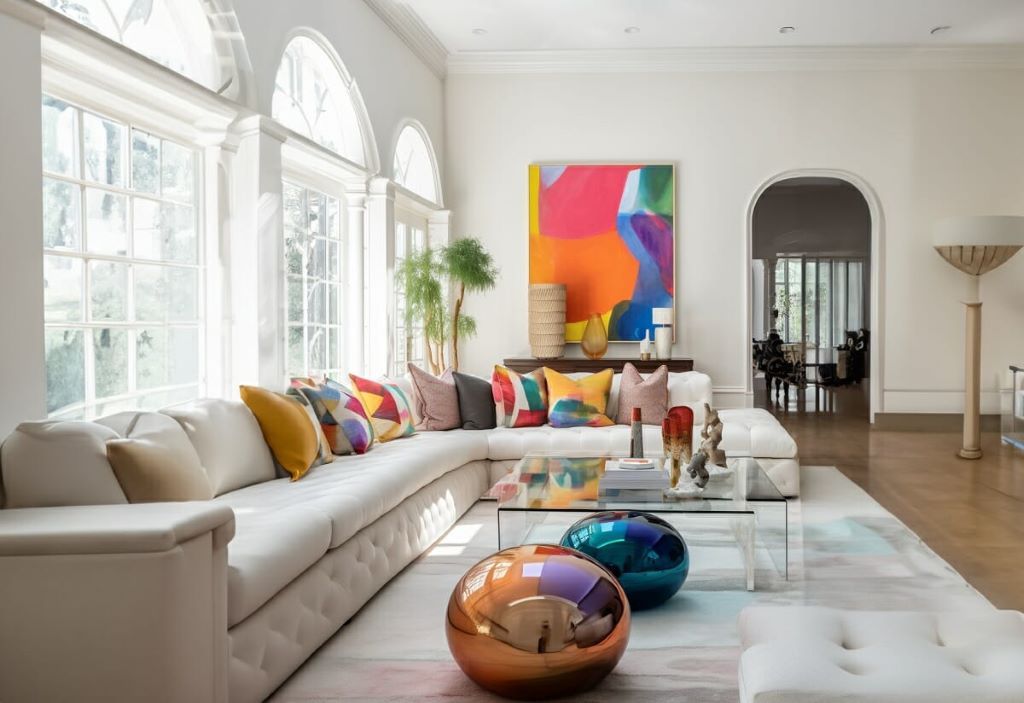
Harmony Ties The Whole Room Together
When each element aligns cohesively, the living room feels welcoming and complete. Furniture groups together purposefully. A focal point catches the eye. Colors and patterns coordinate. Lighting illuminates every area. Zones serve functions. Fabrics tie spaces together. And personal artifacts charm. No single component brings a living room together. Rather, the overall harmony weaves a beautiful synergy that invites you to sit back and savor the space.
FAQs
What is the most important factor in designing a cohesive living room?
The most important factor is having a consistent color palette throughout the space. Keeping to 2 or 3 complementary hues in the large furniture, walls, flooring, and textiles will yield a harmonious, unified ambiance.
What are some techniques for mixing patterns in a cohesive way?
Choose patterns in the same color family. Scale motifs proportionately—small prints on pillows, large patterns on sofas. Layer intricate and solid textures. Repeat some colors and shapes. Frame patterns with solid borders. Build up gradually starting with foundational solids.
How can lighting help tie a living room together?
Strategic lighting layers illumination to make the space highly functional while also accentuating unifying design details. Highlight focal points and architectural features. Use ambient, task, and accent lighting. Dimmer switches enable adjustable brightness.
What are some ways to designate separate zones in an open floor plan?
Floating room screens, partial walls, furniture arrangements, area rugs, and varied flooring materials divide a living room into distinct sitting, media, and conversation zones while maintaining an interconnected layout.
Should all furniture in a living room match?
Matching furniture can look homogenized. Instead, choose a few coordinated accent chairs that pick up colors from the sofa. Vary wood tones. Mix metals like silver and gold. The key is making sure all furniture works in harmony while providing visual interest.
Conclusion
Designing a living room that feels welcoming, functional, and complete requires blending many elements seamlessly together. Furniture groupings enable natural traffic flow. A focal point creates visual appeal. Harmonious colors and fabrics provide unity. Discover the art of crafting a delightful living space with these tips for creating a lovely living room: Lighting enhances ambiance and use, zoning defines activities, and personal details add charm; when all aspects align in perfect harmony, the living room becomes a cherished gathering place that artfully brings family and friends together. With some thoughtful planning and purposeful furnishings, you can create a living room that feels cohesive, polished, and distinctly yours.
Tags: cozy spaces, decor tips, design elements, furniture, home decor, home styling, interior design, living room, room essentials, room harmony
